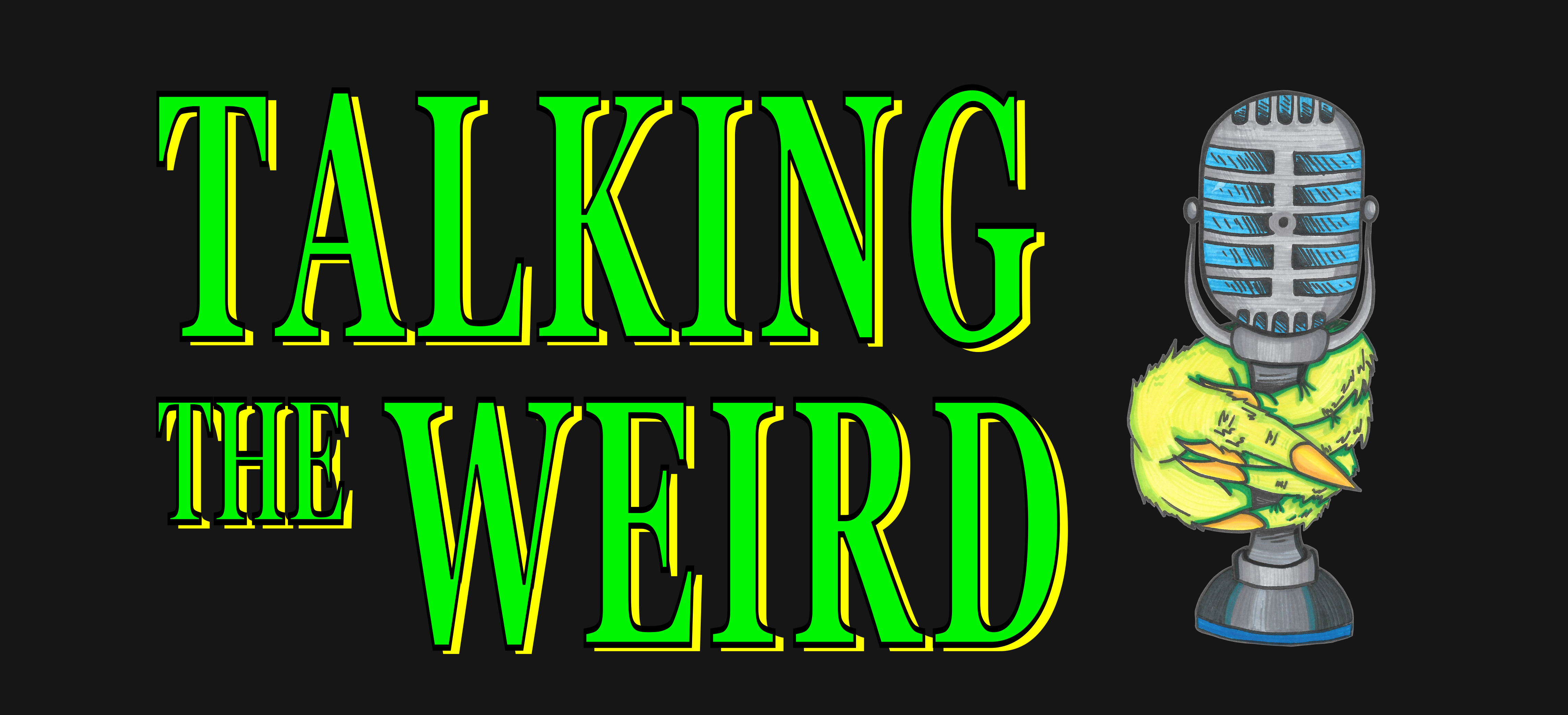
Many of us came to Erich von Däniken’s mind-blowing text, Chariots of the Gods (1968) not via bookstore or library, but movie theater or television. In the mid-70s, I was a kid already intrigued by UFOs and the weird, but I hadn’t read von Däniken’s book when I watched the 1970 film adaptation on television. Sitting in my living room one night, I listened to the narrator discuss the possibility that ancient astronauts once visited our planet. I learned that they may have left signs of their presence in the form of flattened Nazca stretches that looked suspiciously like runways;

Luca Giarelli, CC BY-SA 4.0 https://creativecommons.org/licenses/by-sa/4.0, via Wikimedia Commons
cave etchings that seemed to depict men in spacesuits;

elaborate carvings that seemed to reinforce that visitation – and none more so than the tomb cover of Pacal the Great in the Mayan city of Palenque. Without too great a stretch of the imagination, this ancient ruler seems to be sitting in a spaceship cockpit, taking off into stellar parts unknown.

User:Madman2001, CC BY-SA 2.0 https://creativecommons.org/licenses/by-sa/2.0, via Wikimedia Commons; color added by Talking the Weird to enhance image specifics
The documentary led me to scour five and dime paperback racks until I found von Däniken’s book. I devoured it swiftly and read it again when I was older. Recently, I took another spin through Chariots of the Gods, in its 50th anniversary incarnation. I must say, it still holds up and beautifully so. While some of von Däniken’s theories may have not come to pass, much of the book’s key revelations still intrigue and will surely fill most open-minded readers with wonder.
In Chariots of the Gods, von Däniken asks literally hundreds of questions, most of them designed to make us ponder the possibility that extraterrestrials visited the planet millennia ago. These days, thanks to ancient astronaut theorists who followed in von Däniken’s footsteps and TV shows like Ancient Aliens, most who are intrigued by the cosmic unorthodox are aware of the subjects von Däniken introduced to the world. How could the pyramids have been built in a land where trees were scarce and the blocks that comprised the astounding edifices were so heavy that even with thousands of slaves, they would have taken centuries to build? Moreover, how were the stones aligned so precisely? The same can be asked of the building of similar structures across the world, in Central and South America – the pyramid at Chichen Itza, for instance – as well as such elaborate architectural wonders as The Gate of the Sun in Tiahuanaco and the terrace walls in Peru.


Erich von Däniken does a remarkable job of tracing the similarities between myths, legends, and religious stories. Not only do character archetypes and events echo from one famous tract to the next, but in many can be found angel and god visitations, flying vehicles, and explosive destruction. Viewed through a modern lens, many of these events might be interpreted as alien visits, UFO sightings, and nuclear blasts.

Upon its release, Chariots of the Gods was wildly successful and immediately controversial. Its author was praised by many and vilified by others; lauded as visionary and condemned as heretic. Not surprisingly, the disgruntled were all too quick to denigrate. Had they reacted in something other than kneejerk fashion, they would have seen that Erich von Däniken was merely asking us to ponder the possibility of alien visitations in our planet’s distant past, not demanding that we scrub other theories in favor of those he laid forth in his book. At no time does he insist that his theories are the truth. Indeed, the book is loaded with so many questions because its scribe wants us to entertain his ancient astronaut theory as one possibility that explains questions that remain unanswered.
If you’ve never read Chariots of the Gods, I strongly recommend you give it a shot. It’s still a wild and highly informative ride. Even the outdated material is interesting because we see how our continued pondering of the text’s mysteries and ongoing explorations by the likes of David Childress, Giorgio Tsoukalos, and von Däniken himself, have evolved. I recommend the special 50th anniversary edition, which has an excellent new foreword and afterword by von Däniken, in which he discusses the text’s genesis and addresses his detractors and plagiarism accusers.
- Oscar De Los Santos
